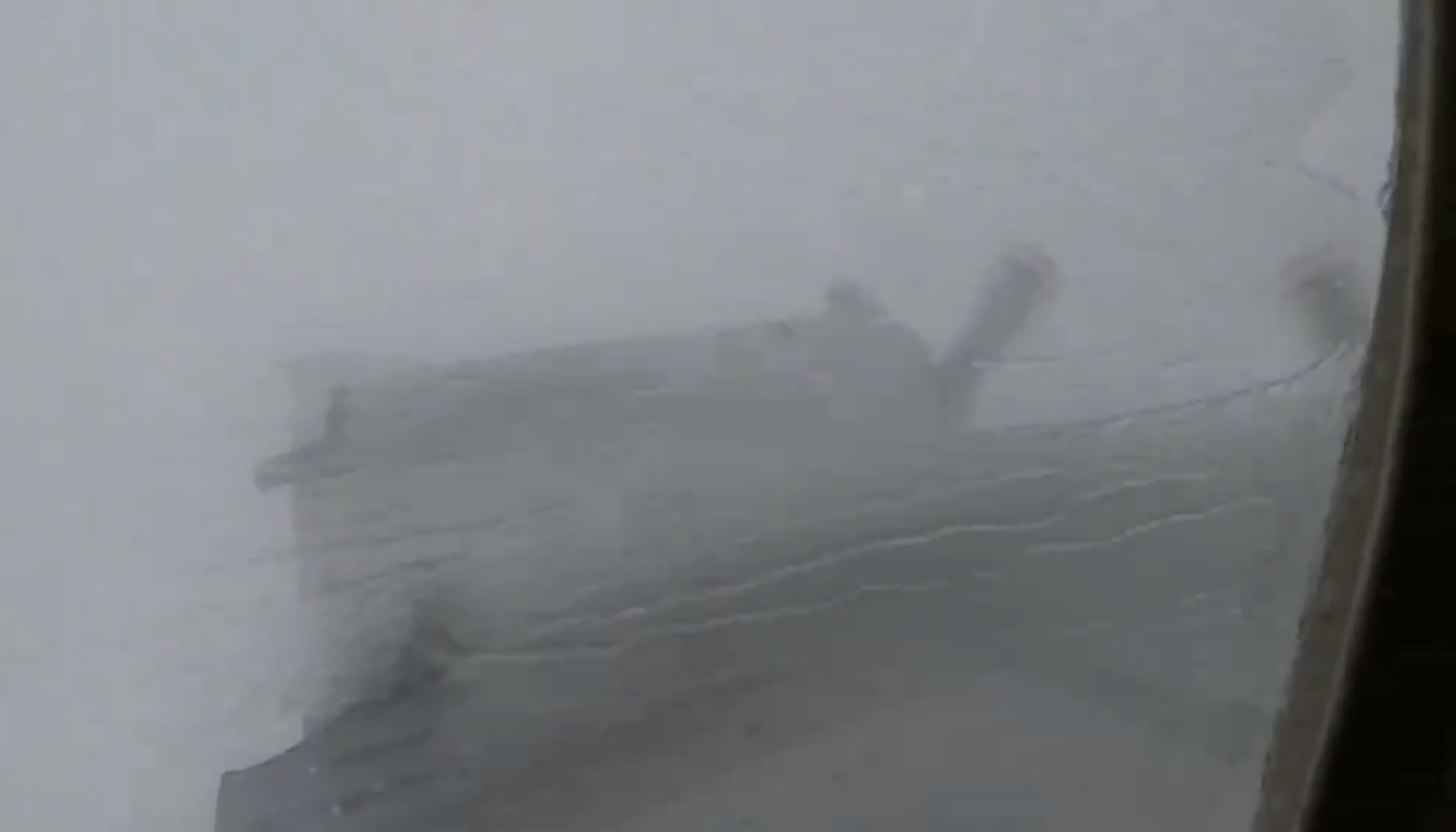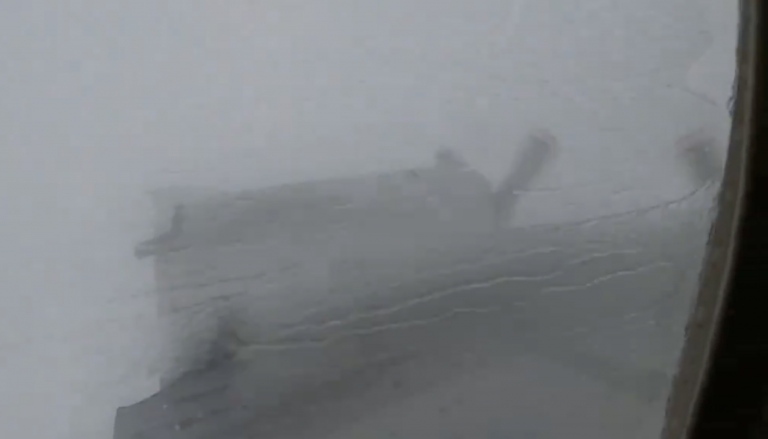
Flying through the most powerful hurricanes is part of the job.
The National Oceanic and Atmospheric Administration’s Hurricane Hunters — brazen pilots and storm researchers — journey through storms like Florida-bound Hurricane Milton and work as a high-altitude weather station. They collect invaluable data about storms which are fed to forecasters and their computer models, allowing for the most informed predictions. And they’re often impressively accurate.
NOAA posted footage of a turbulent atmospheric ride through Milton on Oct. 8. You can watch it below.
“Bumpy ride into Hurricane #Milton on @NOAA WP-3D Orion #NOAA43 ‘Miss Piggy’ to collect data to help improve the forecast and support hurricane research,” the NOAA Aircraft Operations Center posted online.
“Miss Piggy” is a four-engine turboprop aircraft — you can see the propellers outside the window — designed to fly for some eight to 10 hours while releasing “dropwindsondes” into the storm. These tubes relay back information about a tropical storm’s wind direction, wind speed, pressure, and beyond.
“Pardon my Appalachian hoots and hollers but this is right up there with the Ian flight from two years ago. Floor panels came up. Dropsondes broke. A mess in the cabin,” NOAA Hurricane Hunter engineer Nick Underwood wrote online.
“All that turbulence and we still get the dropsonde out to collect data. This is the job. Important work,” he added.
Hurricane Milton is expected to make landfall on the central coast of west Florida on Wednesday night.
Though a number of factors influence the formation of strong hurricanes (opposing winds that can break apart storms, moist or dry air, etc.), a vital influence is warm sea surface temperatures of over 80 degrees Fahrenheit (27 degrees Celsius). Warm oceans act as jet fuel for hurricanes, storm scientists explain. That’s because warmer oceans fuel tropical storms as more water naturally evaporates into the air, giving storms energy and moisture to intensify. Crucially, the oceans, which absorb most of the heat created by burning fossil fuels, are relentlessly warming.
Today, Atlantic hurricanes are already twice as likely to develop from a milder storm into a major hurricane.


















0 Comments